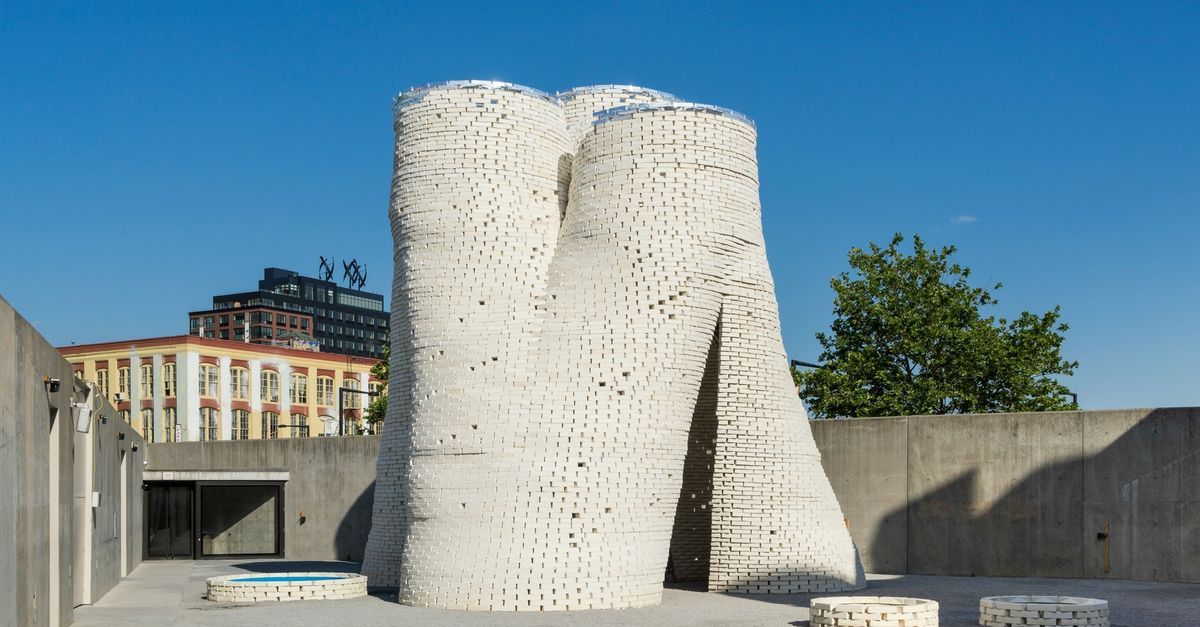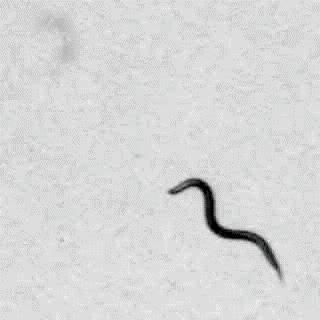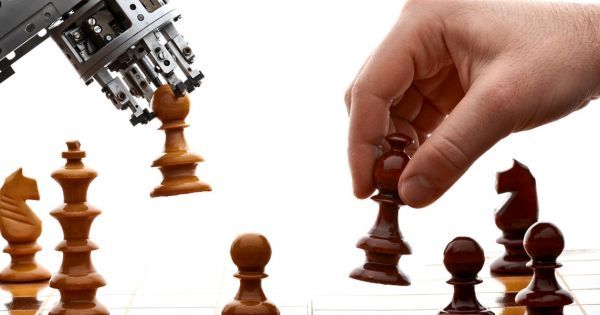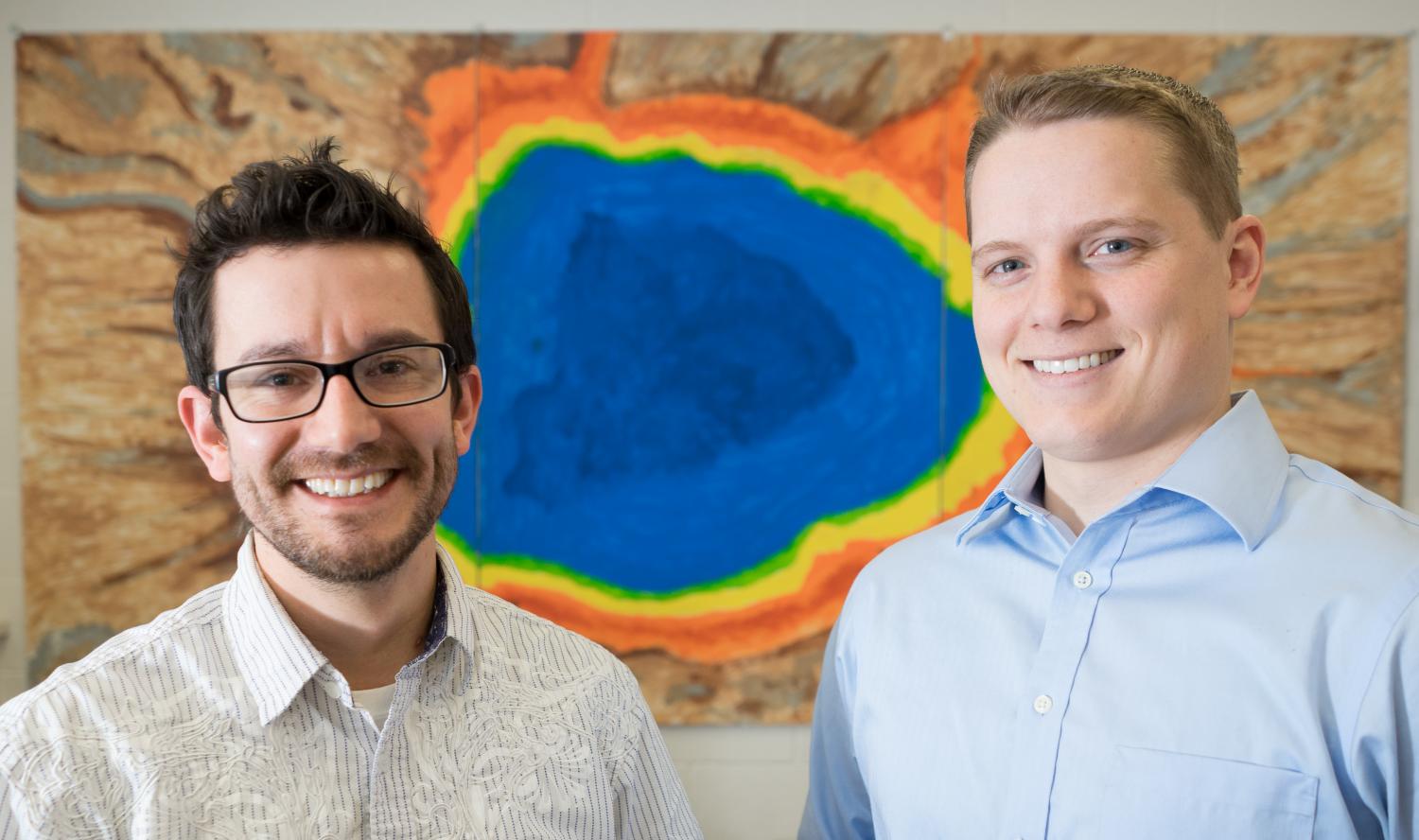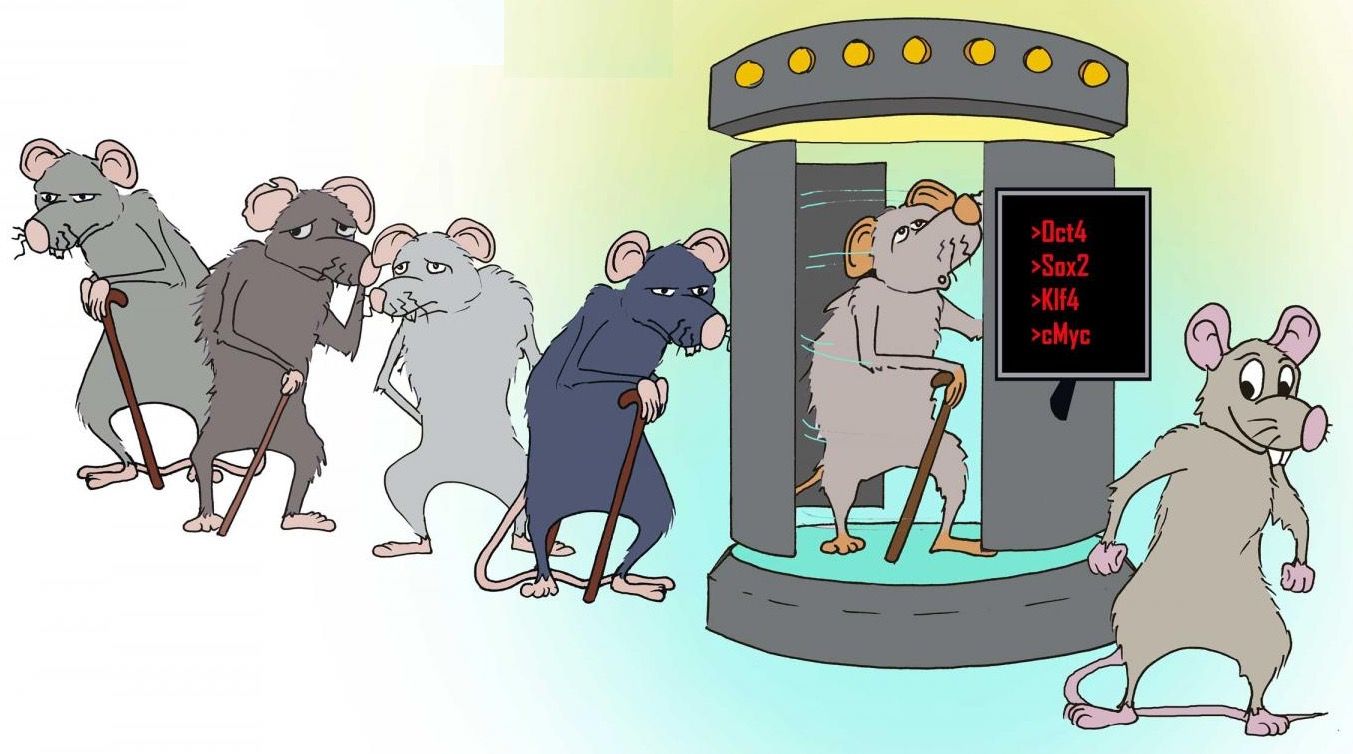Jan 7, 2017
Peter Diamandis Thinks We’re Evolving Toward “Meta-Intelligence”
Posted by Klaus Baldauf in categories: biological, evolution, neuroscience, Peter Diamandis
In Brief
- Peter Diamandis, founder and chairman of the XPRIZE Foundation, thinks the human species is headed for an evolutionary transformation.
- The evolution of life has slowly unfolded over 3.5 billion years; but its pace has rapidly increased in recent years. Diamandis believes this heralds the next, exciting stages of human evolution.
In the next 30 years, humanity is in for a transformation the likes of which we’ve never seen before—and XPRIZE Foundation founder and chairman Peter Diamandis believes that this will give birth to a new species. Diamandis admits that this might sound too far out there for most people. He is convinced, however, that we are evolving towards what he calls “meta-intelligence,” and today’s exponential rate of growth is one clear indication.
In an essay for Singularity Hub, Diamandis outlines the transformative stages in the multi-billion year pageant of evolution, and takes note of what the recent increasing “temperature” of evolution—a consequence of human activity—may mean for the future. The story, in a nutshell, is this—early prokaryotic life appears about 3.5 billion years ago (bya), representing perhaps a symbiosis of separate metabolic and replicative mechanisms of “life;” at 2.5 bya, eukaryotes emerge as composite organisms incorporating biological “technology” (other living things) within themselves; at 1.5 bya, multicellular metazoans appear as eukaryotes are yoked together in cooperative colonies; and at 400 million years ago, vertebrate fish species emerge onto land to begin life’s adventure beyond the seas.
Continue reading “Peter Diamandis Thinks We’re Evolving Toward ‘Meta-Intelligence’” »


